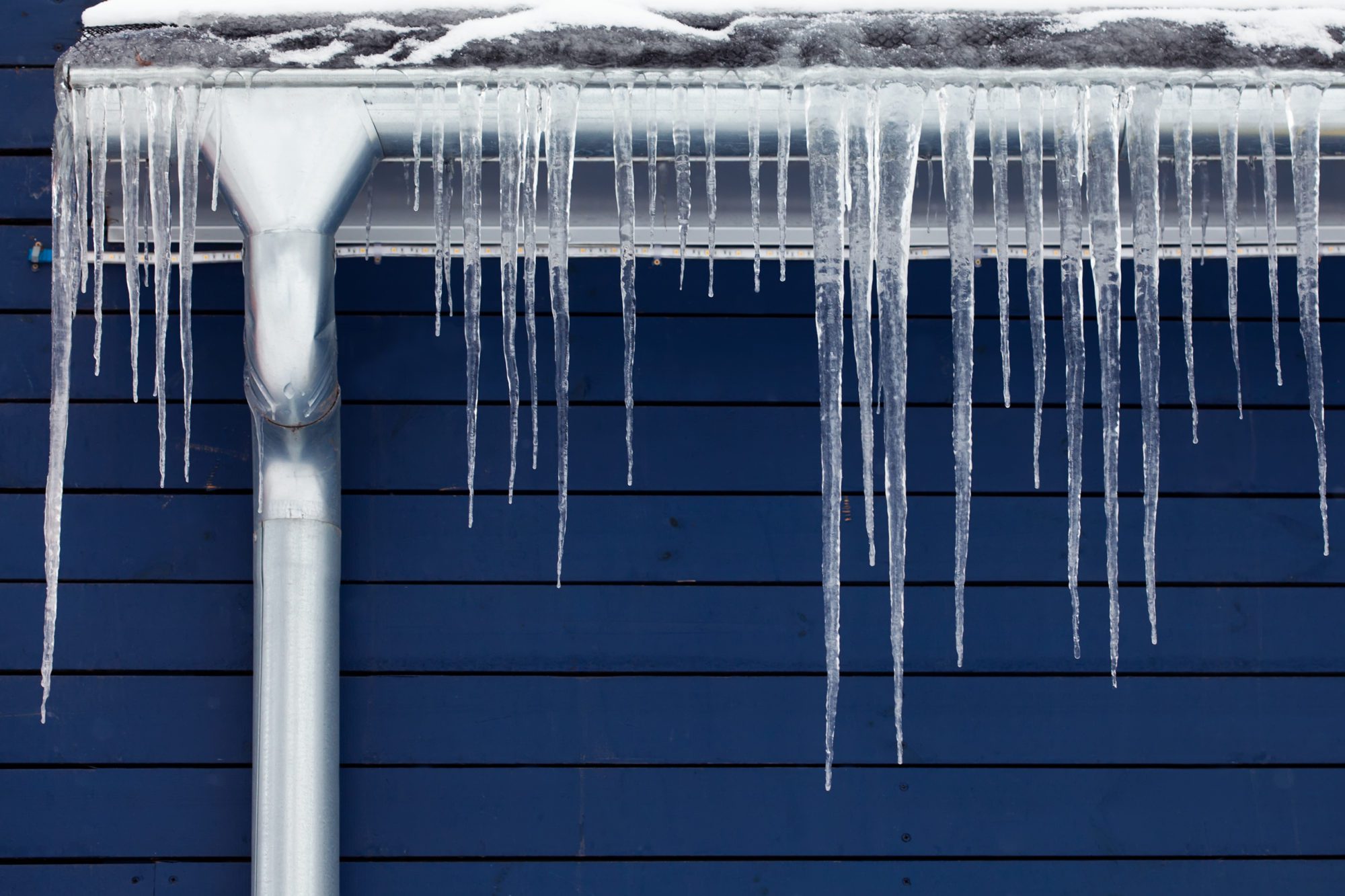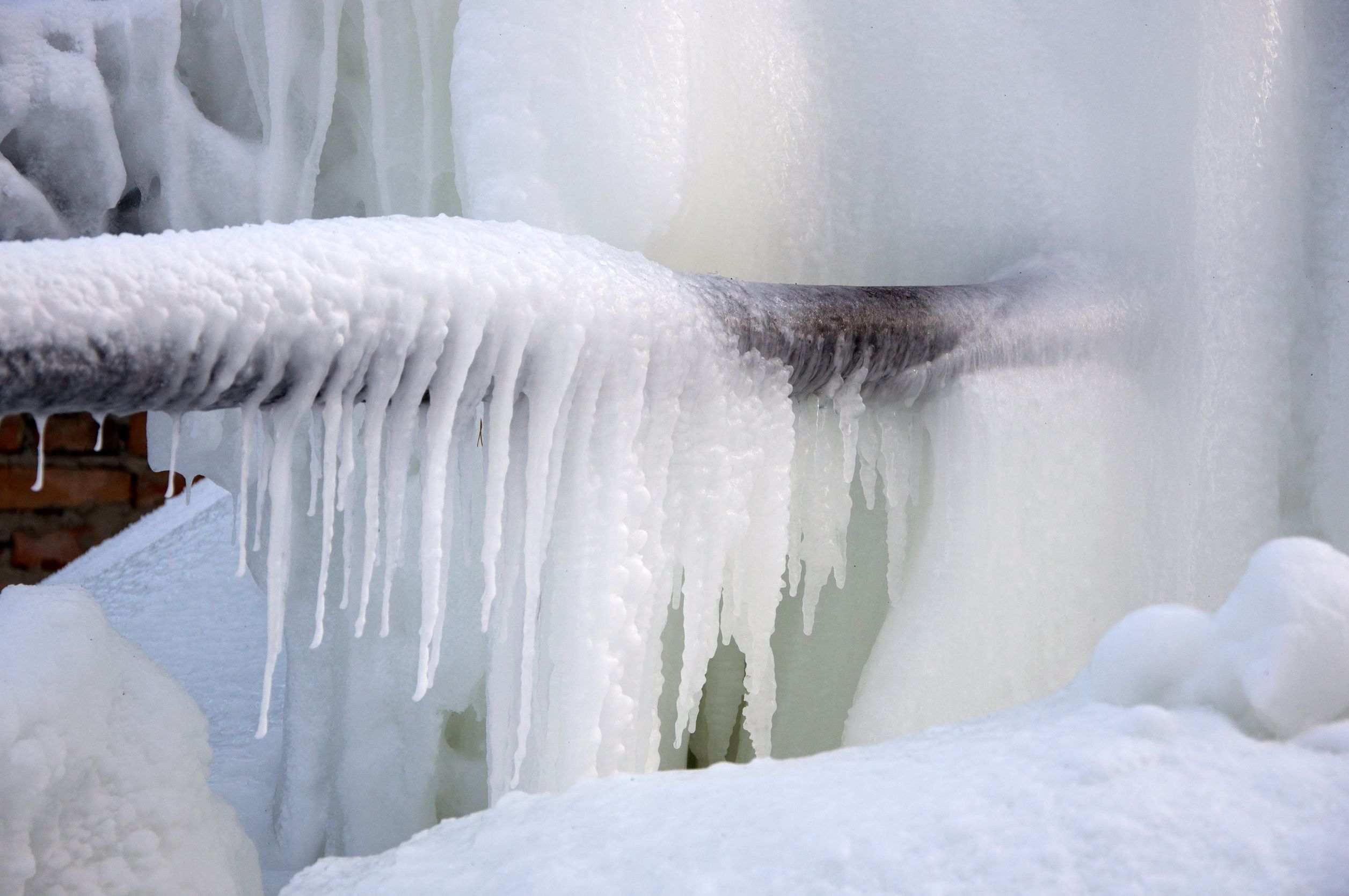Important Tips to Prevent Frozen Pipes in Winter
Important Tips to Prevent Frozen Pipes in Winter
Blog Article
Just how do you feel in regards to Preventing and dealing with frozen pipes?

Cold weather can wreak havoc on your pipes, particularly by freezing pipelines. Here's exactly how to stop it from occurring and what to do if it does.
Intro
As temperatures decrease, the threat of frozen pipelines rises, potentially resulting in costly fixings and water damage. Comprehending just how to stop frozen pipes is vital for homeowners in cold climates.
Prevention Tips
Protecting vulnerable pipelines
Cover pipes in insulation sleeves or utilize heat tape to secure them from freezing temperatures. Concentrate on pipes in unheated or exterior locations of the home.
Heating techniques
Keep interior spaces effectively heated up, specifically areas with plumbing. Open cabinet doors to permit cozy air to distribute around pipelines under sinks.
How to recognize icy pipelines
Try to find reduced water flow from faucets, uncommon odors or sounds from pipes, and visible frost on revealed pipelines.
Long-Term Solutions
Structural changes
Consider rerouting pipes far from outside walls or unheated areas. Add additional insulation to attics, basements, and crawl spaces.
Upgrading insulation
Invest in top quality insulation for pipelines, attic rooms, and walls. Proper insulation aids keep constant temperatures and minimizes the risk of frozen pipelines.
Safeguarding Exterior Plumbing
Garden pipes and outdoor faucets
Detach and drain pipes garden tubes before winter season. Mount frost-proof faucets or cover outdoor taps with insulated caps.
Comprehending Icy Pipelines
What creates pipelines to ice up?
Pipelines ice up when revealed to temperatures below 32 ° F (0 ° C) for extended periods. As water inside the pipelines freezes, it broadens, taxing the pipe walls and potentially creating them to break.
Threats and damages
Icy pipes can lead to supply of water disturbances, building damages, and costly fixings. Ruptured pipelines can flood homes and trigger substantial structural damages.
Indications of Frozen Pipeline
Recognizing icy pipes early can prevent them from rupturing.
What to Do If Your Pipes Freeze
Immediate actions to take
If you presume icy pipelines, maintain taps available to ease pressure as the ice thaws. Utilize a hairdryer or towels soaked in warm water to thaw pipes gradually.
Final thought
Preventing icy pipes calls for positive actions and quick responses. By recognizing the causes, indicators, and preventive measures, homeowners can shield their plumbing during winter.
5 Ways to Prevent Frozen Pipes
Drain Outdoor Faucets and Disconnect Hoses
First, close the shut-off valve that controls the flow of water in the pipe to your outdoor faucet. Then, head outside to disconnect and drain your hose and open the outdoor faucet to allow the water to completely drain out of the line. Turn off the faucet when done. Finally, head back to the shut-off valve and drain the remaining water inside the pipe into a bucket or container. Additionally, if you have a home irrigation system, you should consider hiring an expert to clear the system of water each year.
Insulate Pipes
One of the best and most cost-effective methods for preventing frozen water pipes is to wrap your pipes with insulation. This is especially important for areas in your home that aren’t exposed to heat, such as an attic. We suggest using foam sleeves, which can typically be found at your local hardware store.
Keep Heat Running at 65
Your pipes are located inside your walls, and the temperature there is much colder than the rest of the house. To prevent your pipes from freezing, The Insurance Information Institute suggests that you keep your home heated to at least 65 degrees, even when traveling. You may want to invest in smart devices that can keep an eye on the temperature in your home while you’re away.
Leave Water Dripping
Moving water — even a small trickle — can prevent ice from forming inside your pipes. When freezing temps are imminent, start a drip of water from all faucets that serve exposed pipes. Leaving a few faucets running will also help relieve pressure inside the pipes and help prevent a rupture if the water inside freezes.
Open Cupboard Doors
Warm your kitchen and bathroom pipes by opening cupboards and vanities. You should also leave your interior doors ajar to help warm air circulate evenly throughout your home.

Do you really like reading up on Winter Plumbing Precautions: Preventing Frozen Pipes? Create feedback below. We'd be delighted to find out your views about this post. In hopes that you come back again before long. Sharing is good. Helping people is fun. I praise you for being here. Kindly check up our site back soon.
Book A Free Estimate Report this page